First published 23 December 2010
Aside from being a once a year holiday, Christmas is a time of year when friends and family from out of town get together, exchange stories of what transpired in their lives for the year and eat some good food. It doesn't matter if you're the one from out of town or hosting the dinner, capturing these moments shared over dinner, especially with those who you don't see on a regular basis should be captured, and well. Here's how to get some great results.
Setting up your gear properly
For the most part, I'm suggesting you treat this event as you were a photojournalist. Save the staged photos on the couch or in front of the fireplace for later in the evening. Posed shots are fun but it's the candid moments that are often most cherished. Because of this, don't use a flash. Rather, choose a fast lens (one with a low f/stop number) and shoot at a higher ISO.
Alternatively, you could set up a tripod in the corner with a speedlight on it and trigger it with a radio transmitter/receiver, which is a little more complicated but our friends at Strobist wrote up a great how-to a few years ago in a similar situation. Either no flash or off-camera flash is acceptable but for best results, avoid on-camera or built-in flash.
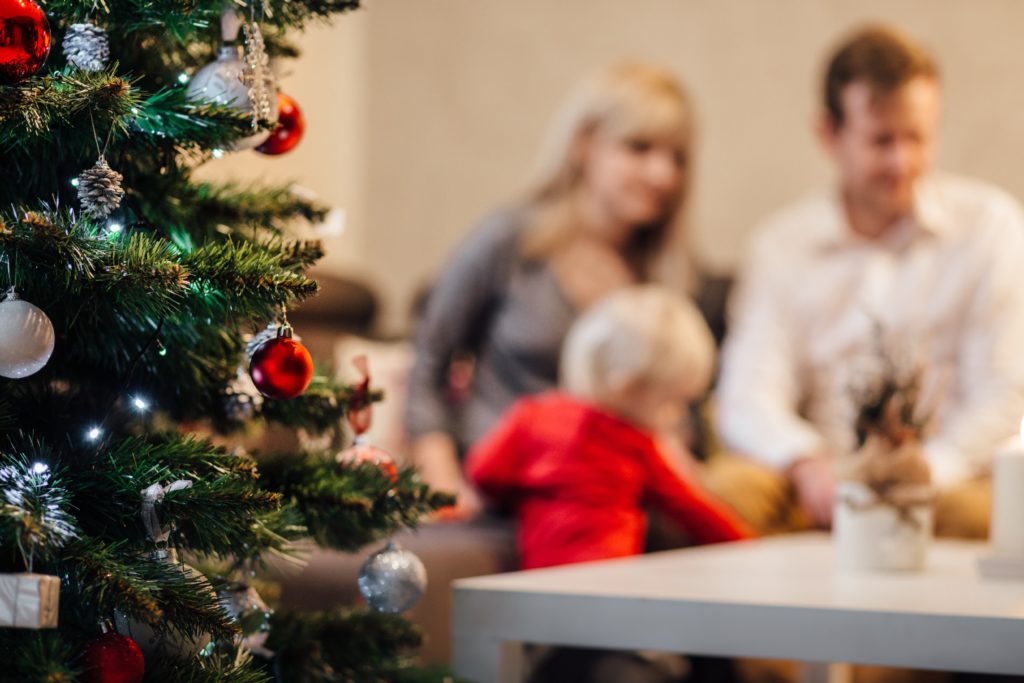
For ease of mind, shoot in aperture priority mode as wide open as you can and just watch the shutter speed the camera picks. As long as it's faster than the focal length of your lens, your photos should be blur-free. Example: shooting on a 50mm f/1.8 lens (commonly called a thrifty fifty and an essential part to any photographers tool bag) should have a shutter speed no slower than 1/60th of a second. If you're seeing anything slower, raise the ISO and try again.
Take the time to do a quick custom white balance too. It will make a world of difference, and we've taught you how several times already.
Start in the kitchen
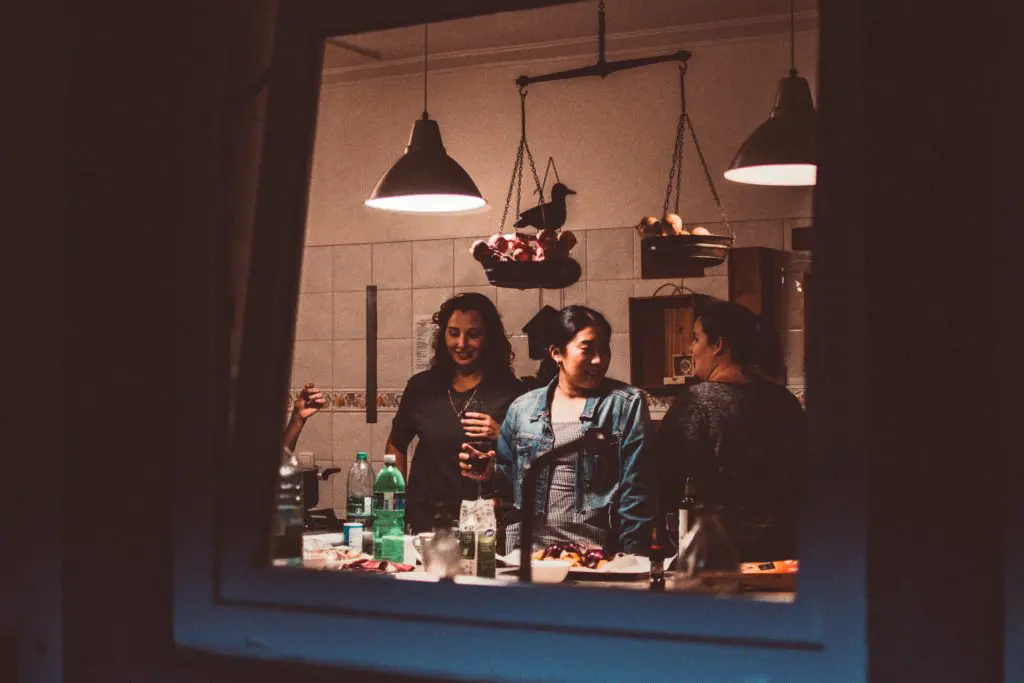
Christmas Dinner starts several hours before dinner, and if the opportunity is there to start earlier in the day with the preparation work, do so. Many families split the duty of cooking as it's a great time to bond, and likewise an excellent opportunity to start telling the story. Think of shooting the whole day more like telling a story, as if you were going to put together a photo book (which is a great idea for family members). Food is an integral part of our culture these days and a little extra work will yield some great results.
Don't neglect the others
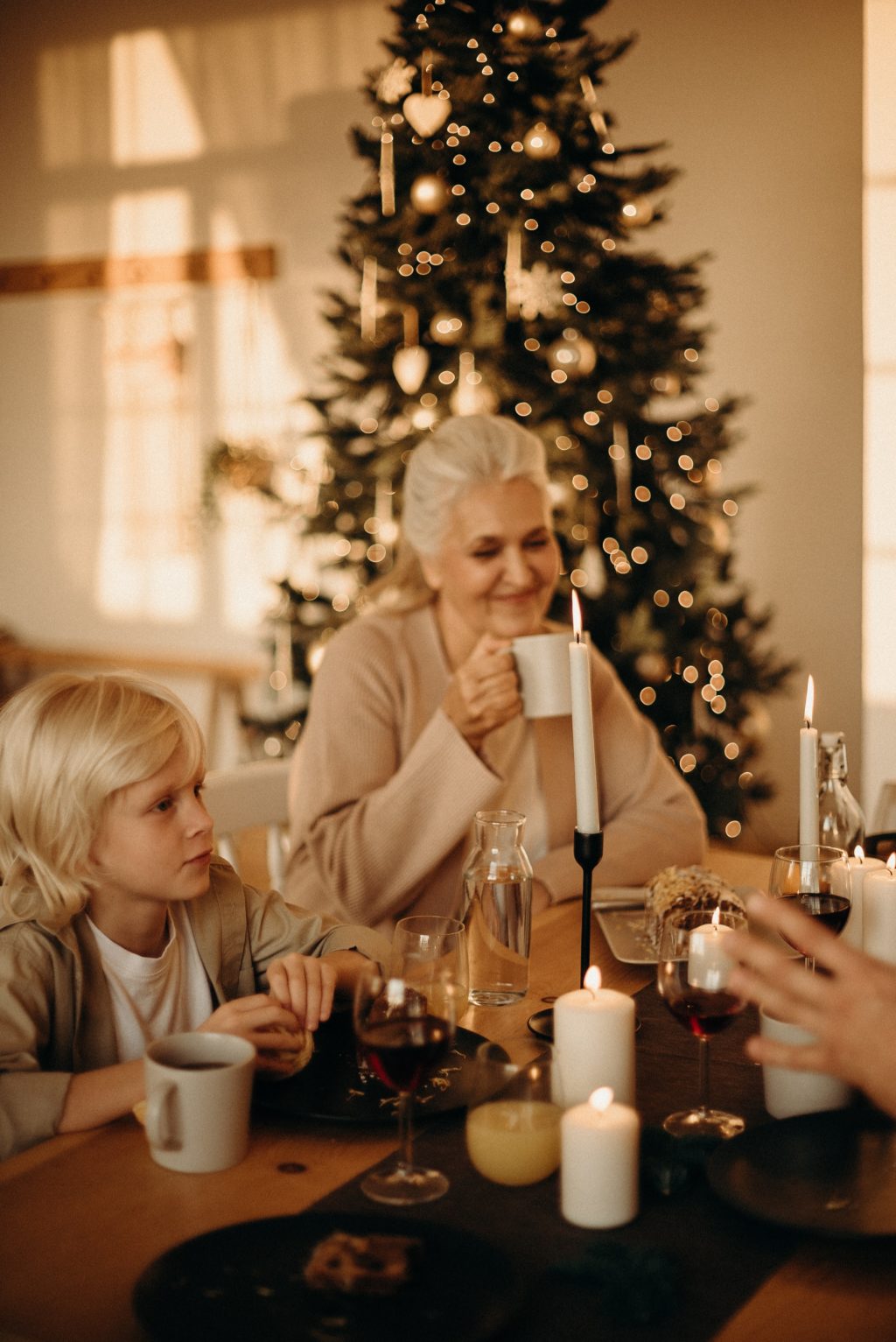
Step out from the kitchen and interact with everyone else, chances are you'll see some beautiful moments and you want to be there to capture them. From the guys out back trading stories to the children running around and playing, these events all contribute to the actual dinner-day and celebration.
Attention to details
The details can help further tell your story, like this photo of the turkey, which is now at the proper temperature. Likewise, the place settings, which often take a lot of time to set up should be shown too, and it's a great opportunity to get a macro lens out.
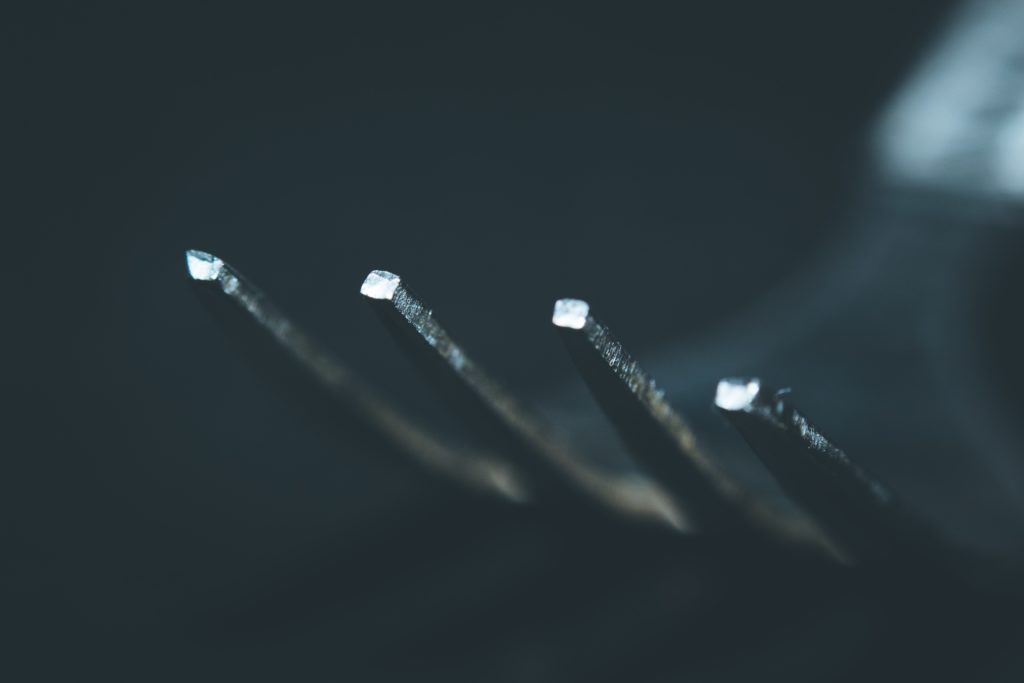
Yes, a little more on the artsy side, but still a great addition to telling the story.
Time to eat
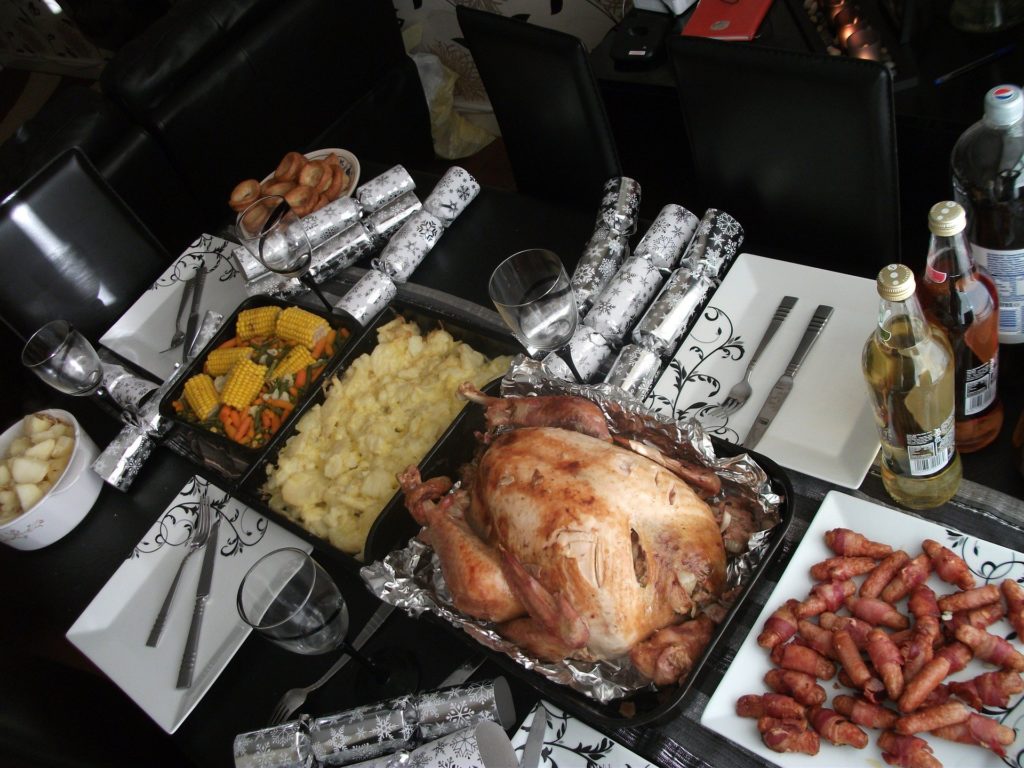
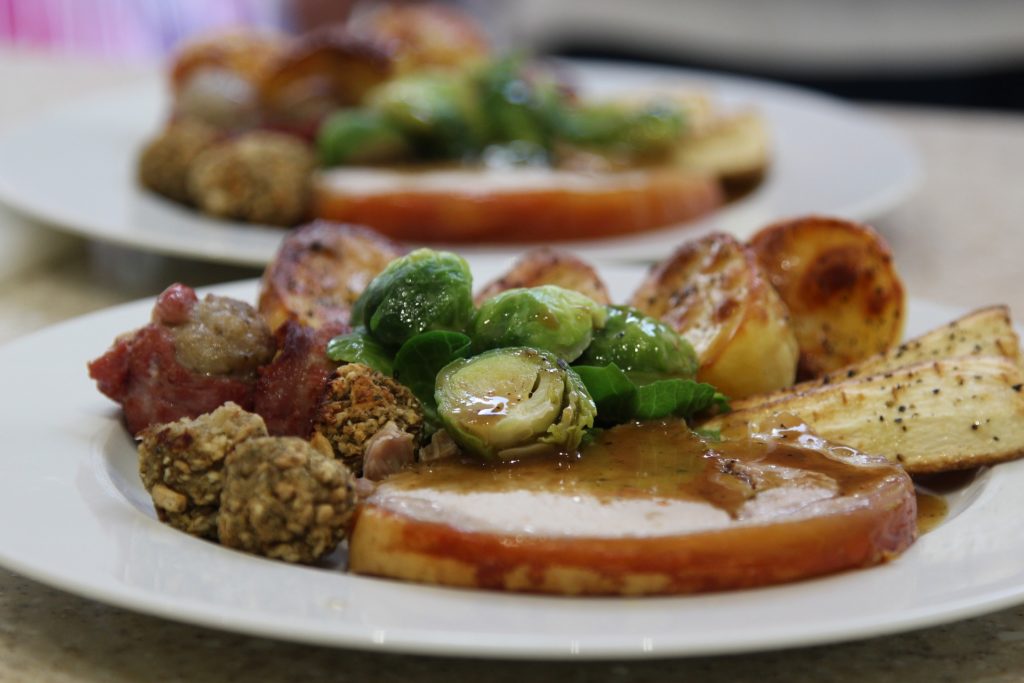
Get a picture of the room (with or without your family, or both!), your plate of food, then enjoy. Just because you're the family shutterbug doesn't mean you can't enjoy the time with your family and friends. Put the camera down, eat some food and relax.
Get the last few shots
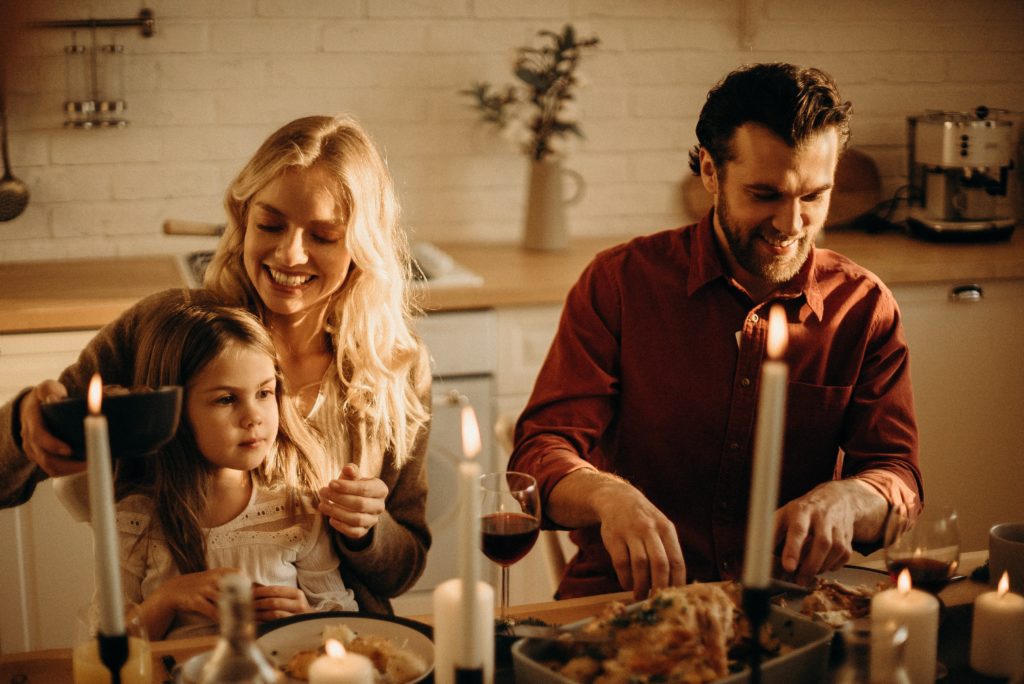
Usually, at the end of dinner, everyone is stuffed, not feeling photogenic and are looking for an after-dinner drink. That's when shots like the above one will appear, capture them then join everyone with your feet up on the couch and enjoy the company of everyone else.
Treating the day like a photojournalist would, rather than pushing for the cheesy posed shots will, in the end, probably give you more fun with everyone and capture everyone how they really are. Don't forget the best part of Christmas dinner, next day leftovers!



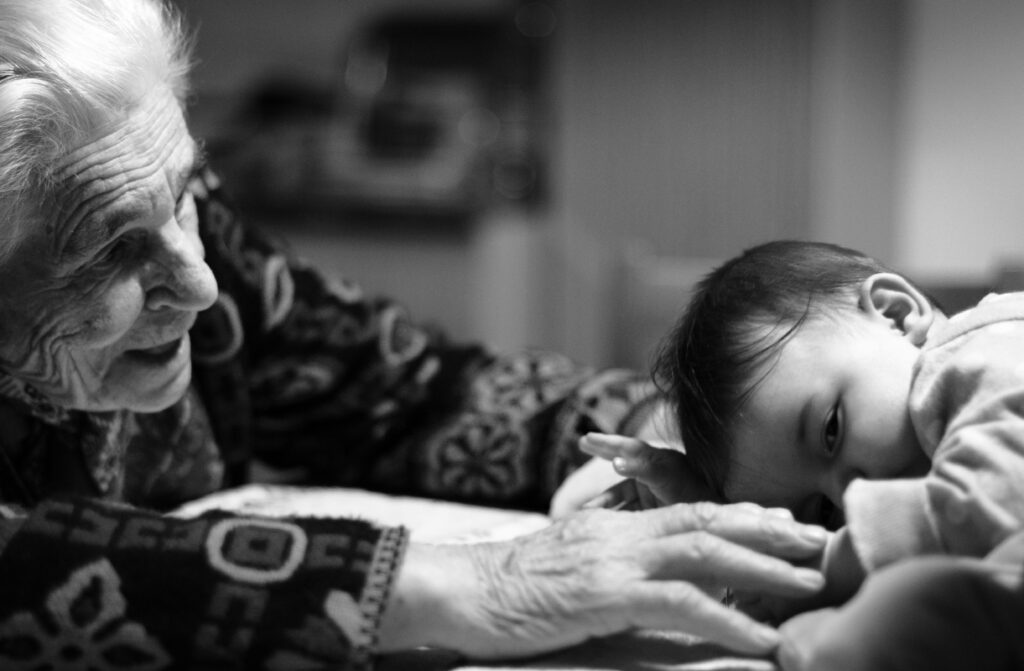
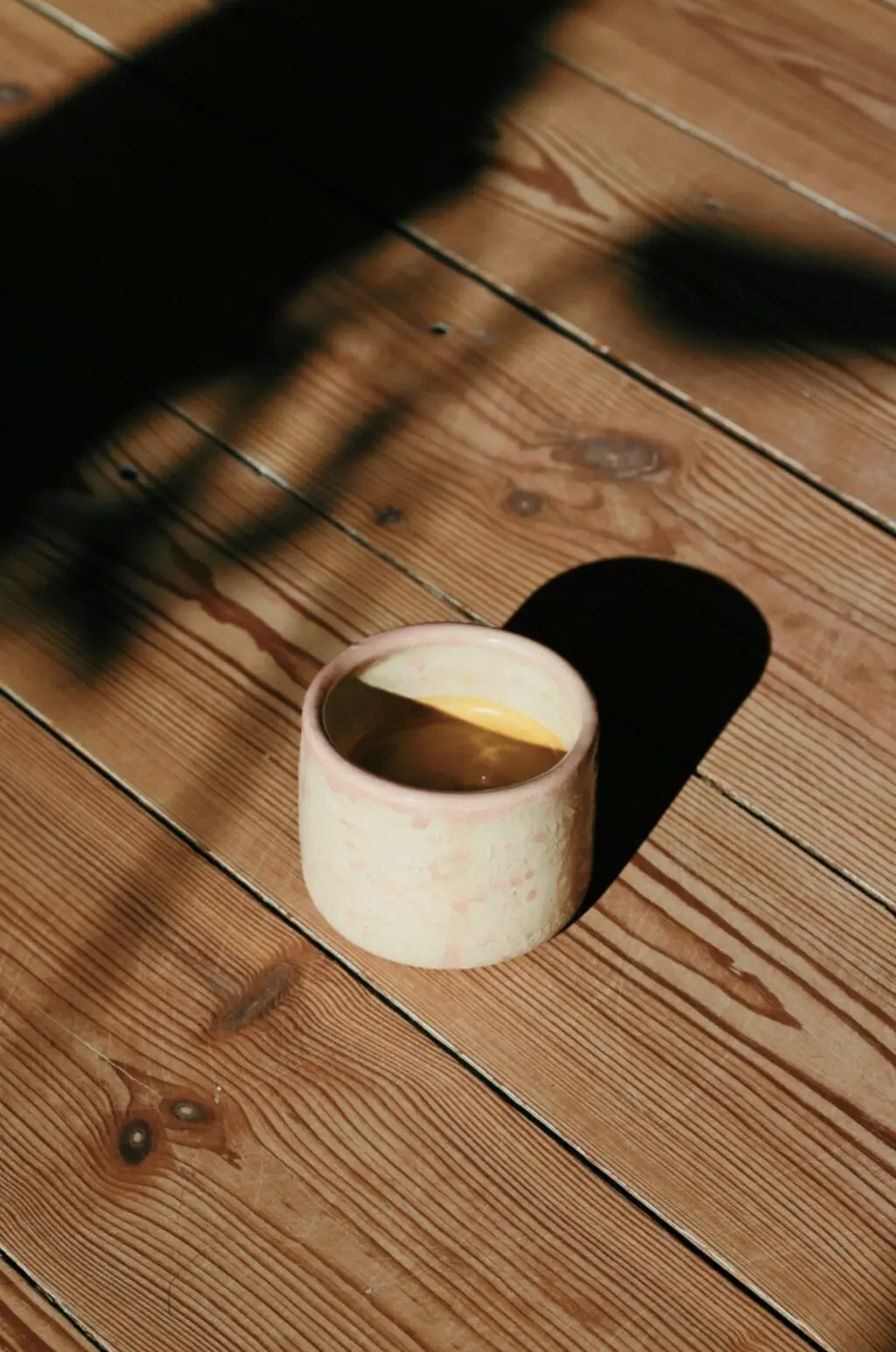
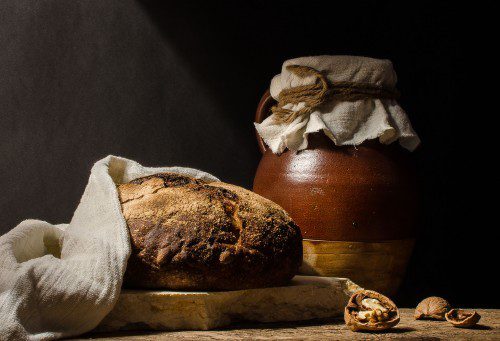
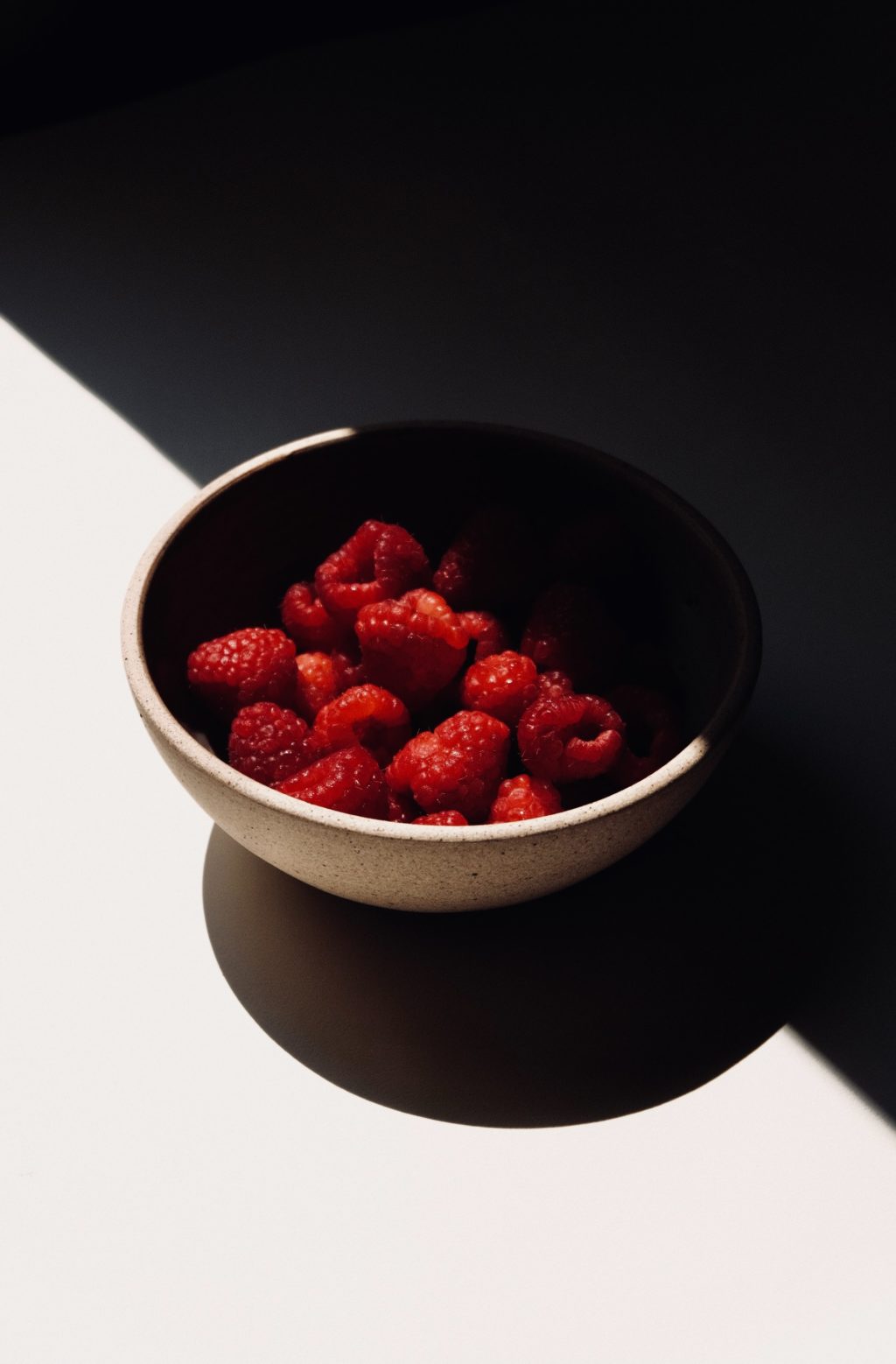
4 Comments
Folks, on camera flash is fine if you bounce or reverse bounce it. It’s not any kind of curse, you just need to practice it. As an off camera flash user (I’ve er.. 12 flashes of varying power), I still use on camera flash, but reverse bounced for the most part, unless I’m further away. Perfect in most social situations. Even if the ceiling isn’t white, a custom white balance can fix this (even with dreaded dark wood ceilings).
Sean, very valid points and great tips, but I probably didn’t explain why I suggested not to use the flash well enough. My reason for suggesting to not use it is to not interfere with what’s going on. For some reason, people tend to get weird when a flashbulb goes off in the face, more so when they see one going off every few minutes.
Enjoyed the tips and prints a lot, especially the ambiance caught in the final picture. Thank you
Don’t know if this was intended, but this is how it shows up on your home page: https://moby.to/y40sza.
Where you intending to cook it first?